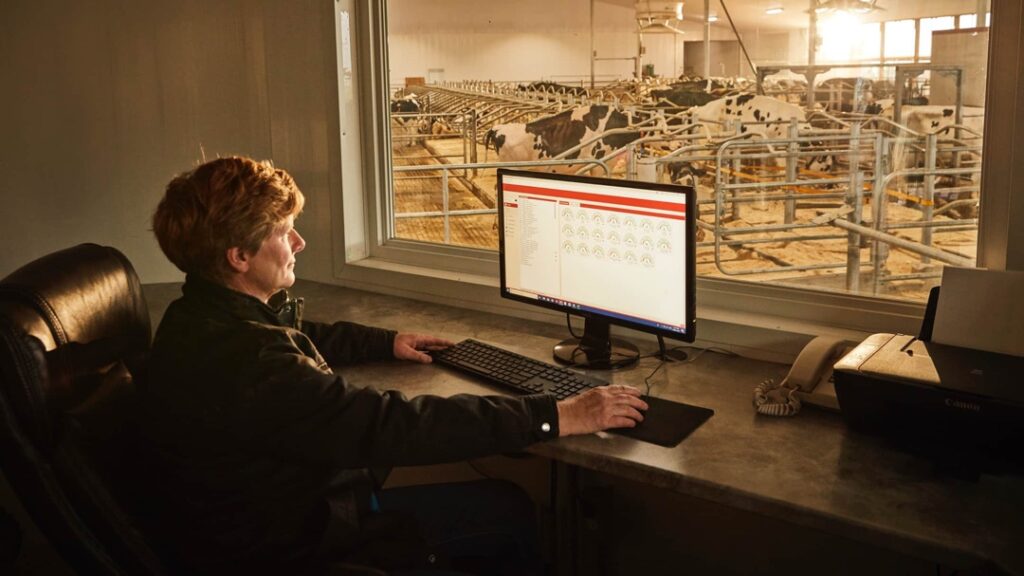ON THE MOVE
Dairy Farmers of Ontario is committed to providing high-quality milk that meets the highest standards of the food industry in Ontario.
FROM THE FARM TO THE PLANT
Grading, sampling, transporting, processing and packaging – milk’s journey from the farm to your table is carefully regulated at every step to ensure quality and safety.
Milk Pick-Up And Testing
Milk is inspected before it’s pumped into insulated, stainless steel tanker trucks and shipped to a processing plant. Each driver is a trained and certified Bulk Tank Milk Grader. They collect the sample to send for testing. Milk is inspected repeatedly for temperature, odour and appearance. If it doesn’t pass inspection, it gets rejected and dumped.


Processing the milk at the plant
Upon arrival, the milk is tested again for quality assurance. All varieties of milk start from the same tank of raw milk. The first step is to separate the naturally occurring fat and then add it back in the appropriate amount for each variety. The milk then needs to be pasteurized and homogenized to ensure it’s free from bacteria.


Packaging, sealing and transporting milk
The milk is now ready to be packaged in cartons and bags. Once the containers are sealed, they’re stacked in cold storage rooms, ready to be delivered to stores in refrigerated trucks. And while there are a lot of steps to the process, it usually takes less than a day from start to finish.


QUICK FACTS ABOUT PROCESSING
There’s a lot of important steps in the processing of milk. Here’s a breakdown of a few of them (and some fun facts).
What is pasteurization?
Pasteurization is the process of heating a liquid to a high temperature in order to destroy pathogens that can cause illness.
Who developed the pasteurization technique?
It was originally developed in 1864 by Louis Pasteur to help preserve wine, and wasn’t used for milk until more than 20 years later.
What is homogenization?
Homogenization is the process of breaking up the fat in milk into tiny particles and blending it evenly throughout.
How much milk does it take to make 1 kg of cheese?
It can take as many as 10 litres of milk just to make one kilogram of hard cheese. Talk about a lot of milk!

